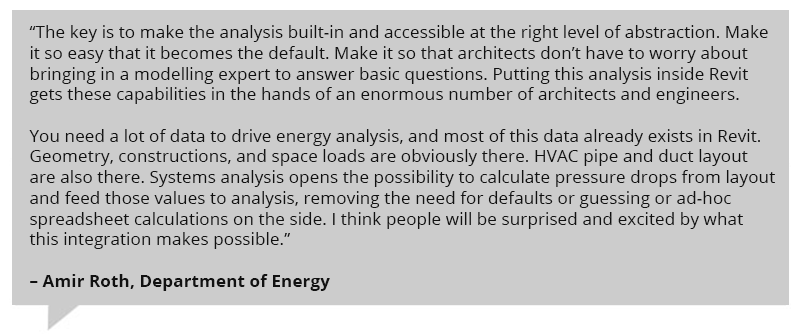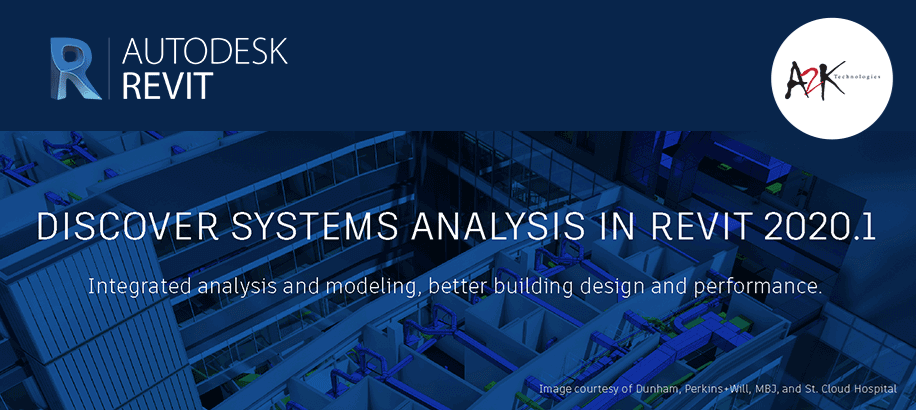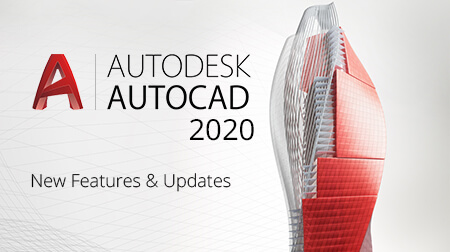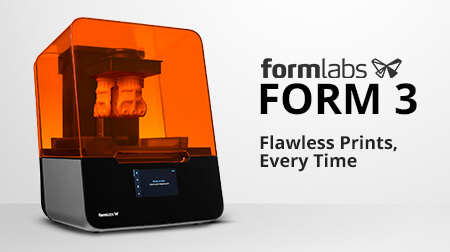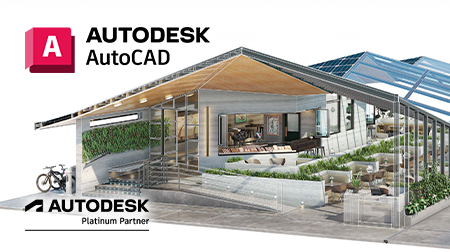
Discover Systems Analysis in Revit 2020.1
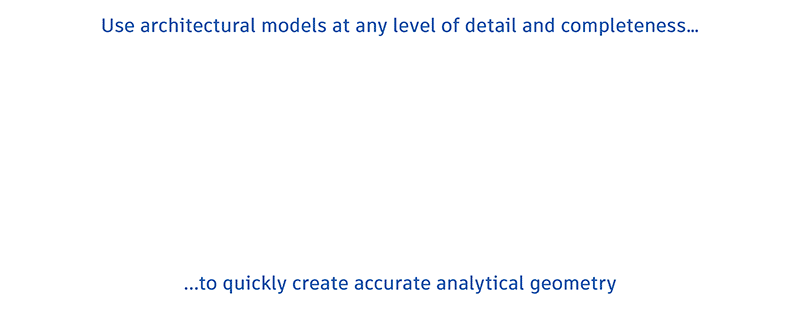
Systems analysis in Revit 2020.1 features and framework gives a platform to optimise your architectural digital modelling and HVAC systems design, which lets you make data-driven design decisions from the beginning. You can now use the same Revit architectural model for design, documentation and analysis, removing the need to create redundant analytical models.

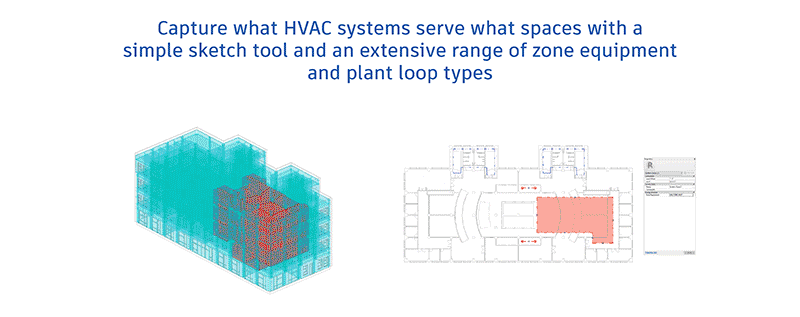
The new features and framework in Revit 2020.1 enables HVAC systems design engineering and analysis to be more BIM-integrated, extensible and transparent than ever before. This improves productivity and reduces inefficiencies in the process. These essential analyses influences the overall performance of the architectural building as well as establishing the basis for downstream physical modelling, documentation, coordination and detailing all within the Autodesk Revit software.
Systems analysis in Revit extends it’s location and climate data, lighting, material thermal properties, outdoor air information, equipment, space type occupancy and more. You can improve and customise your analysis for enhanced building performance by using this information.
Click here to find out "the six best architectural software to learn"
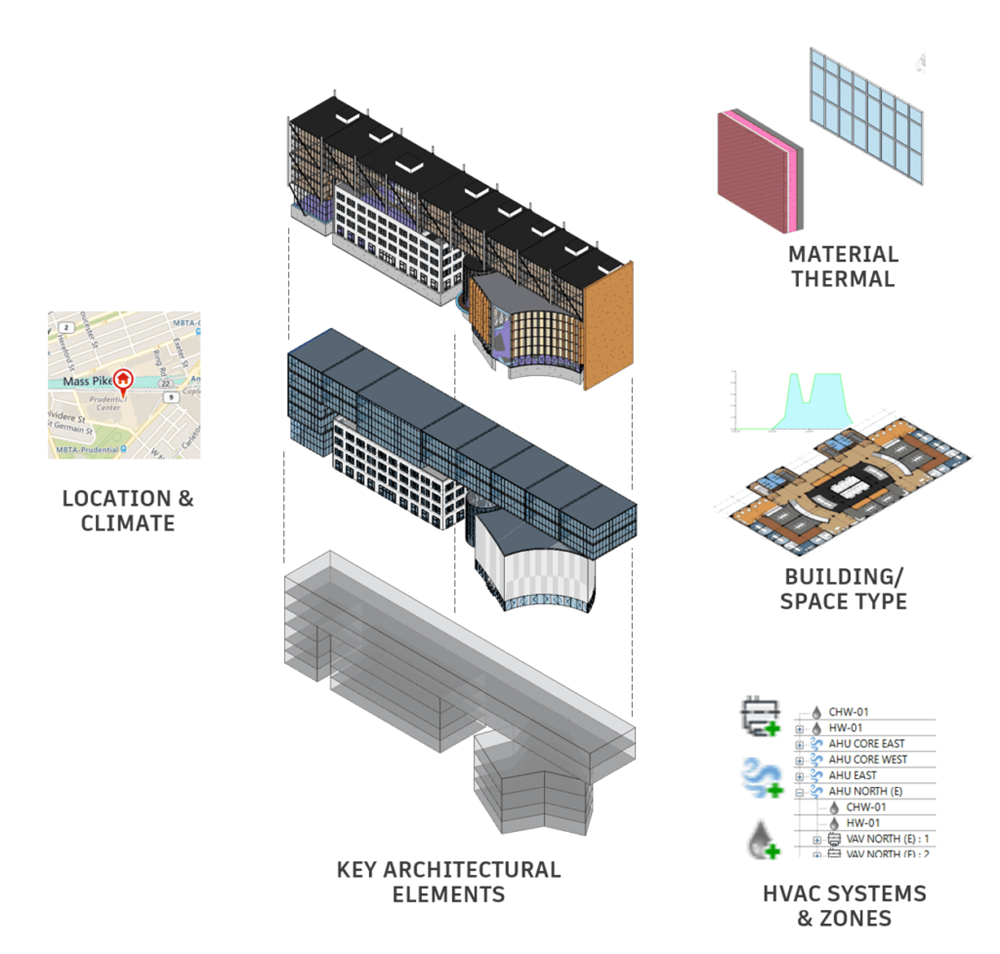
Revit Architectural Elements (at any level of detail and completeness) Plus Location, Material, Building/Space and HVAC System Type Data
A simple tool for sketching system-zone outlines directly in the architectural model can be used using characteristic data and building design. Central plant equipment such as air handlers, boilers and chillers from a wide selection of objects and relationship, as well as zone equipment are attached. From this, HVAC equipment and plant early in the process can simply be identified. This let’s you select HVAC system types and assign to relevant building regions.
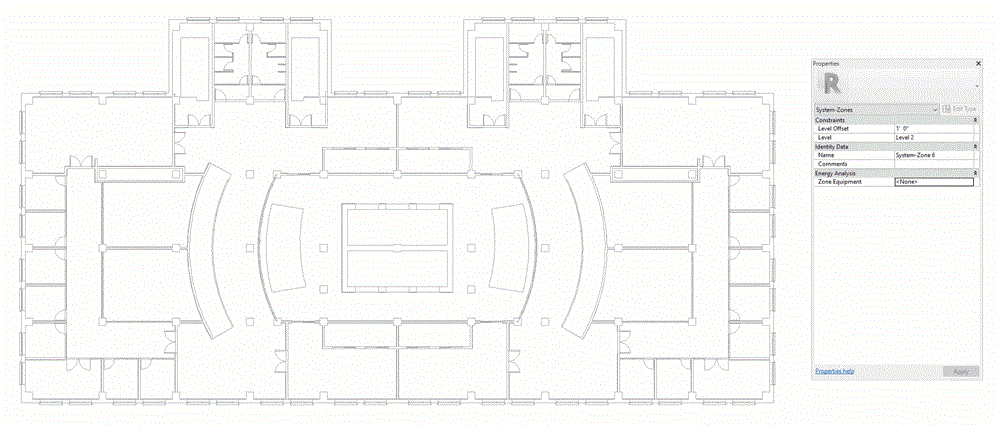
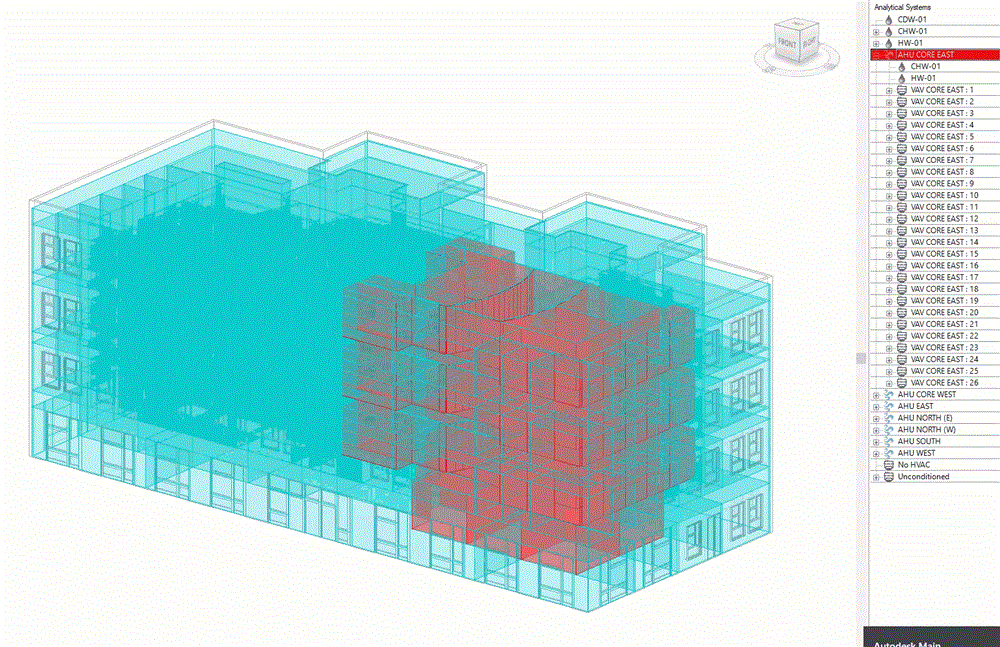
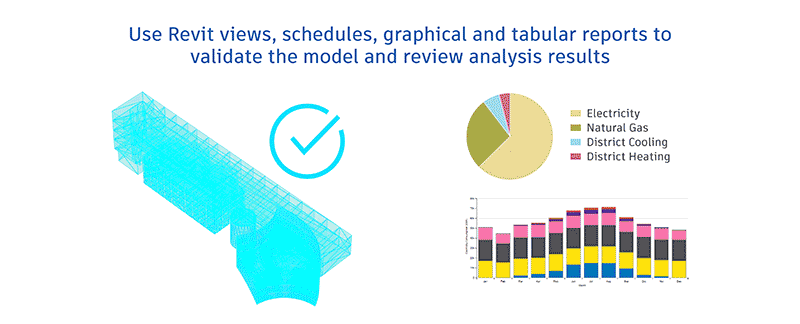



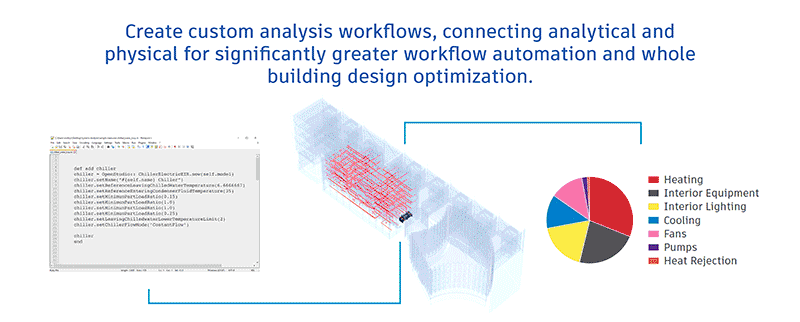

Performing precise HVAC design systems analysis and modelling is extremely important and it is addressed through transparency. Viewing graphical and tabular output results on model elements can be used. Existing analysis reports such as Annual Building Energy Simulation can be selected.
The continued efforts from the Department of Energy (DOE) and the National Renewable Energy Laboratory (NREL) allows Revit to be more integrated with EnergyPlus and OpenStudio SDK. The customisation could possibly range from local code compliance to incorporating certain manufacturer equipment, integrating physical to analytical modelling. This provides new and improved avenues for HVAC design and modelling processes, allowing you to maximise building performance and energy efficiency.
